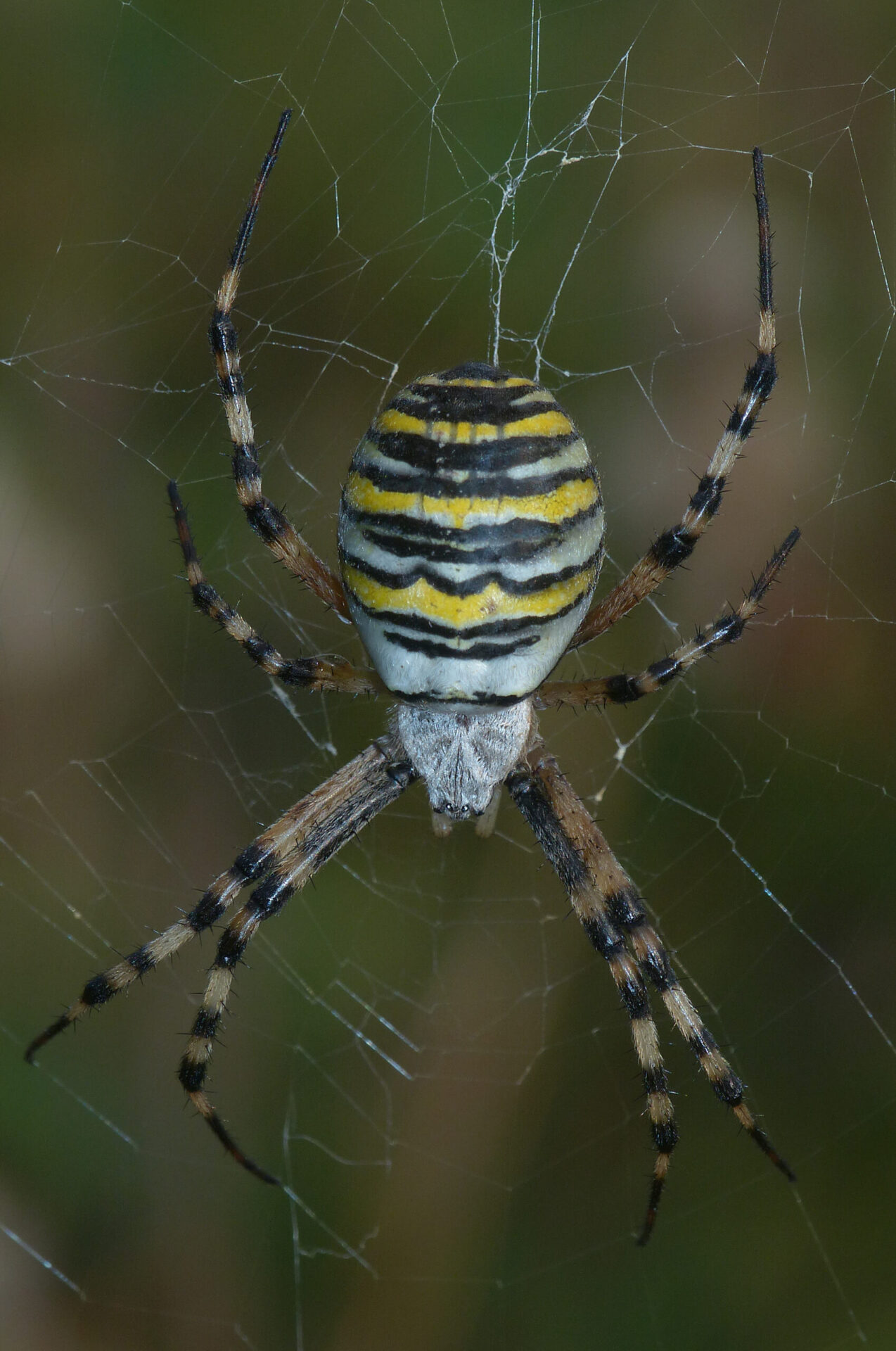Things To See
Discover a wealth of special flora and fauna
With vast landscapes and varied habitats that are rich in biodiversity, Banstead Commons are home to many nationally and internationally rare and endangered species. In these pages we put a spotlight on some of the priority species that can be found on the four sites that make up Banstead Commons and explain what you can do to help conserve them.
Hover over each image to find out more.
Wildlife To Spot On The Commons
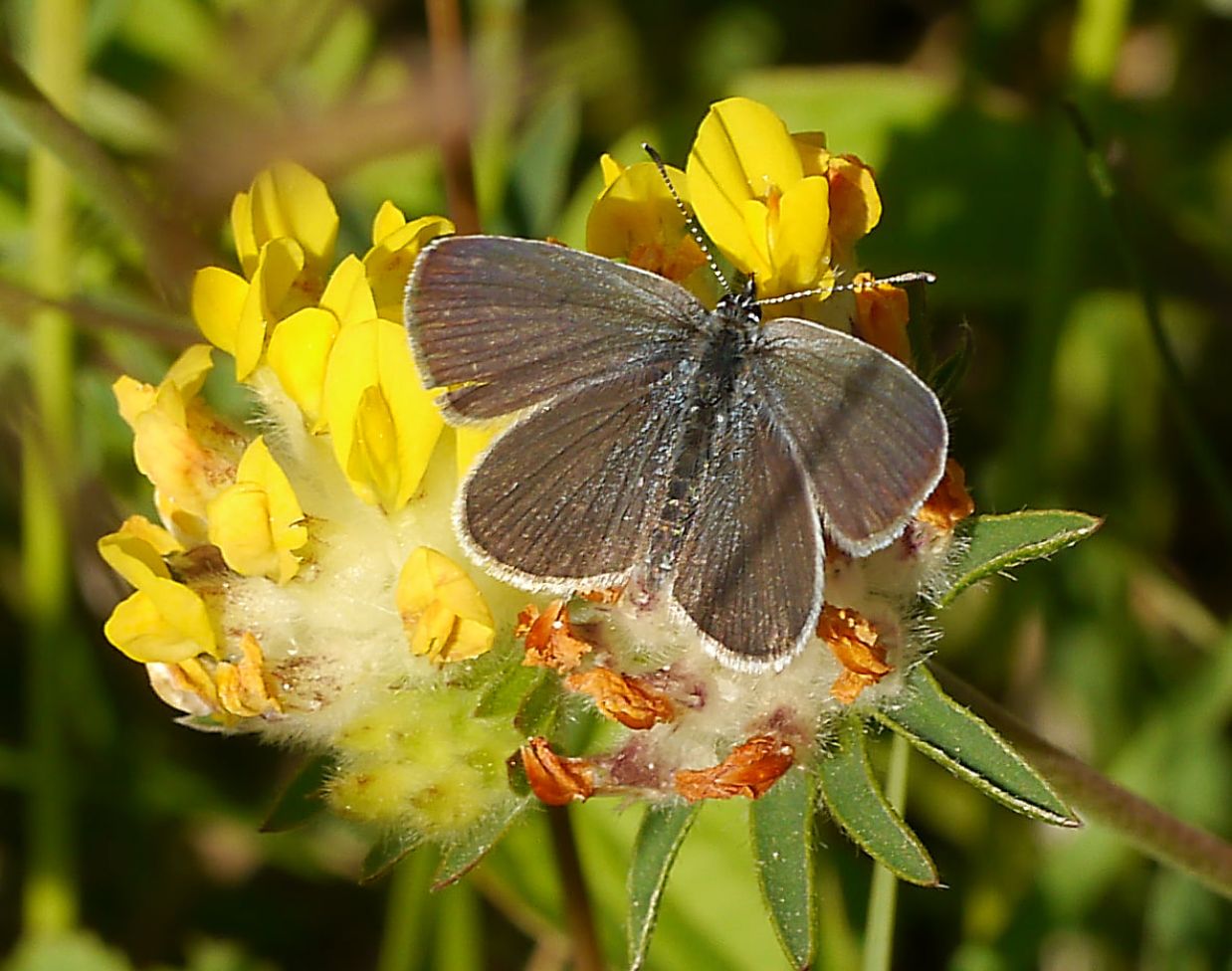
Small Blue Butterfly (Cupido minimus)
Found on Banstead Downs
Look out for the UK’s smallest butterfly on Banstead Downs, the Small Blue. They really are small having approximately a 10-15mm wingspan. Banstead Downs has healthy colonies across the site and can be found in large numbers wherever their caterpillar food plant, Kidney Vetch, is growing. The adult butterflies lay their eggs on the flower and the caterpillars eat the developing flowers.
Note Small Blues are not really blue, the bright blue butterflies that can also be found on the site, are Chalkhill Blue, Common Blue and Holly Blue.

Skylark (Alauda arvensis)
Found on Banstead Heath
Skylarks are one of the UK’s most iconic songbirds but did you know they nest on the ground?
The uniform habitat of the Mill Field on Banstead Heath is an ideal breeding ground for Skylarks and the meadow supports a healthy breeding population of birds. During the nesting season you can enjoy their song-flight above nesting territories as the birds pair up and build their nests. Skylarks will raise two to three broods of young each year simply to sustain their population.
Nesting season for these birds commences in April and will run until September. Skylarks are ground-nesting birds and are easily disturbed by dogs during the nesting period. To help support this bird to thrive on the site please keep dogs under close control, refrain from throwing balls in the grassland and stick to the main paths.
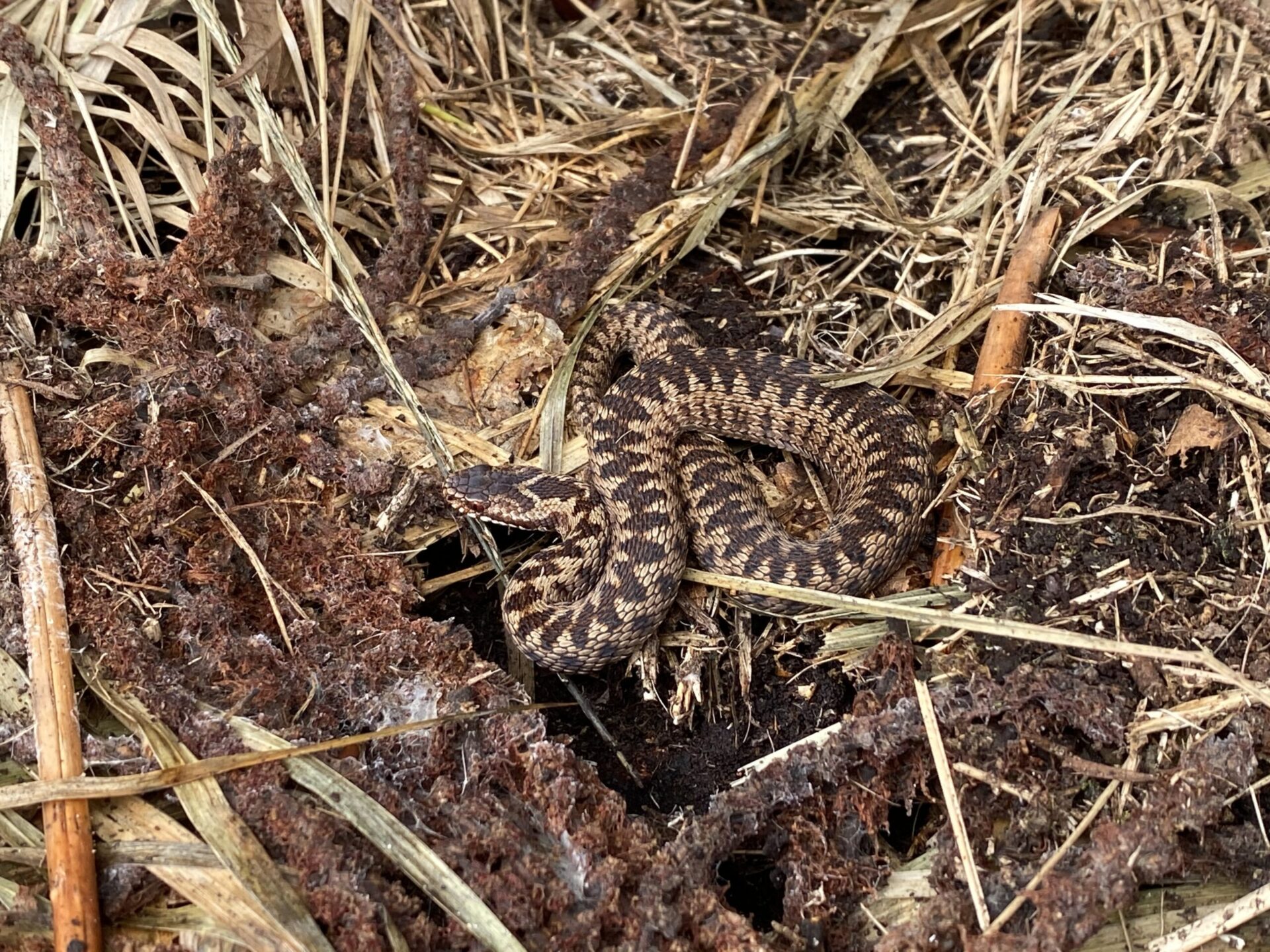
Adder (Vipera Berus)
Found on Banstead Heath
The adder is shy and secretive in nature and its wonderful camouflage means it can often go unnoticed. Adders are in decline across the UK and are protected by law. It is the UK’s only venomous snake and whilst bites can be potentially dangerous, they are rarely fatal and most bites occur when the snake has been disturbed or deliberately antagonised.
Banstead Commons Conservators sensitively manage our site to conserve this elusive yet spectacular animal. If you are lucky enough to spot one basking, please keep your dogs under control and leave the animal undisturbed to enjoy its natural environment.
Purple Hairstreak (Favonius quercus)
Found on Park Downs, Banstead Downs and Banstead Heath
Discover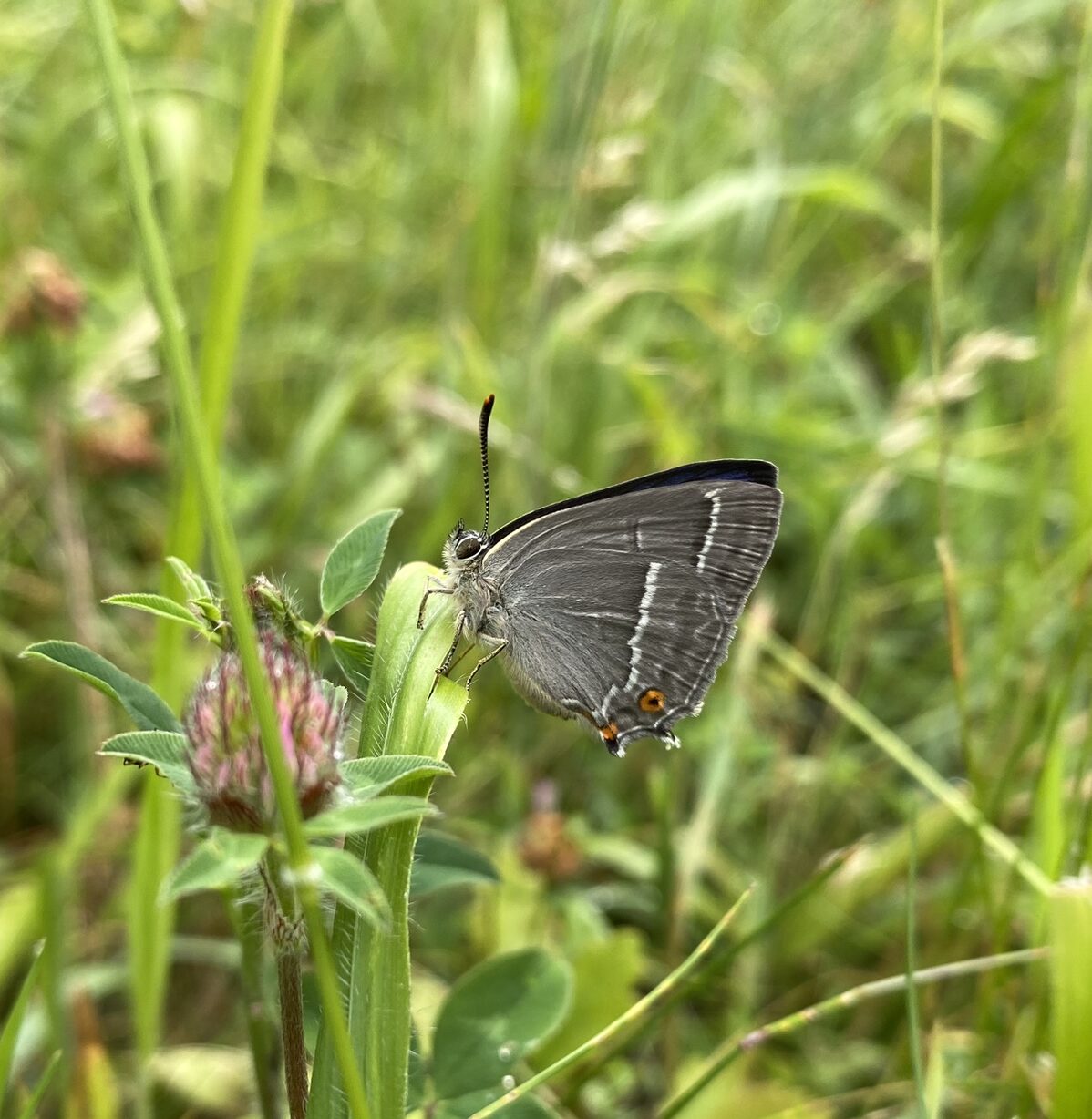
Purple Hairstreak (Favonius quercus)
Found on Park Downs, Banstead Downs and Banstead Heath
The Purple Hairstreak is our commonest hairstreak although nationally numbers across the country remain few.
This butterfly can be found in the wooded areas of the common. It is often difficult to locate, due to its habit of flying in the tree canopy, where it feeds on honeydew. However, the adults are occasionally seen basking at lower levels, on various small trees, shrubs and bracken.
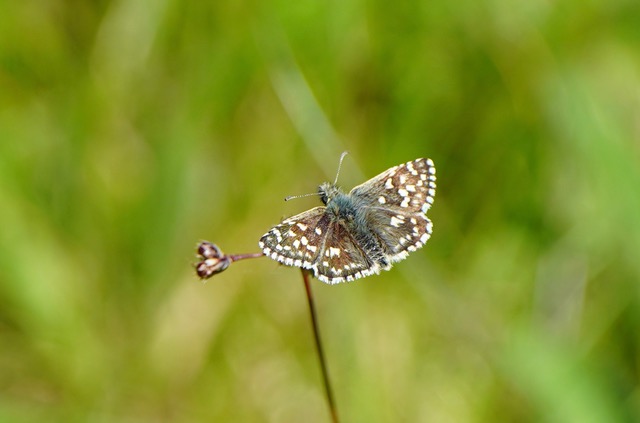
Grizzled Skipper (Pyrgus malvae)
Found on Park Downs, Banstead Downs and Banstead Heath
The Grizzled Skipper is extremely difficult to spot whilst in flight, but will stop to feed from various nectar sources. Once settled, the black and white pattern on the wings, from which this species gets its name, is unmistakable. The butterfly occurs in small colonies of less than 100 adults.
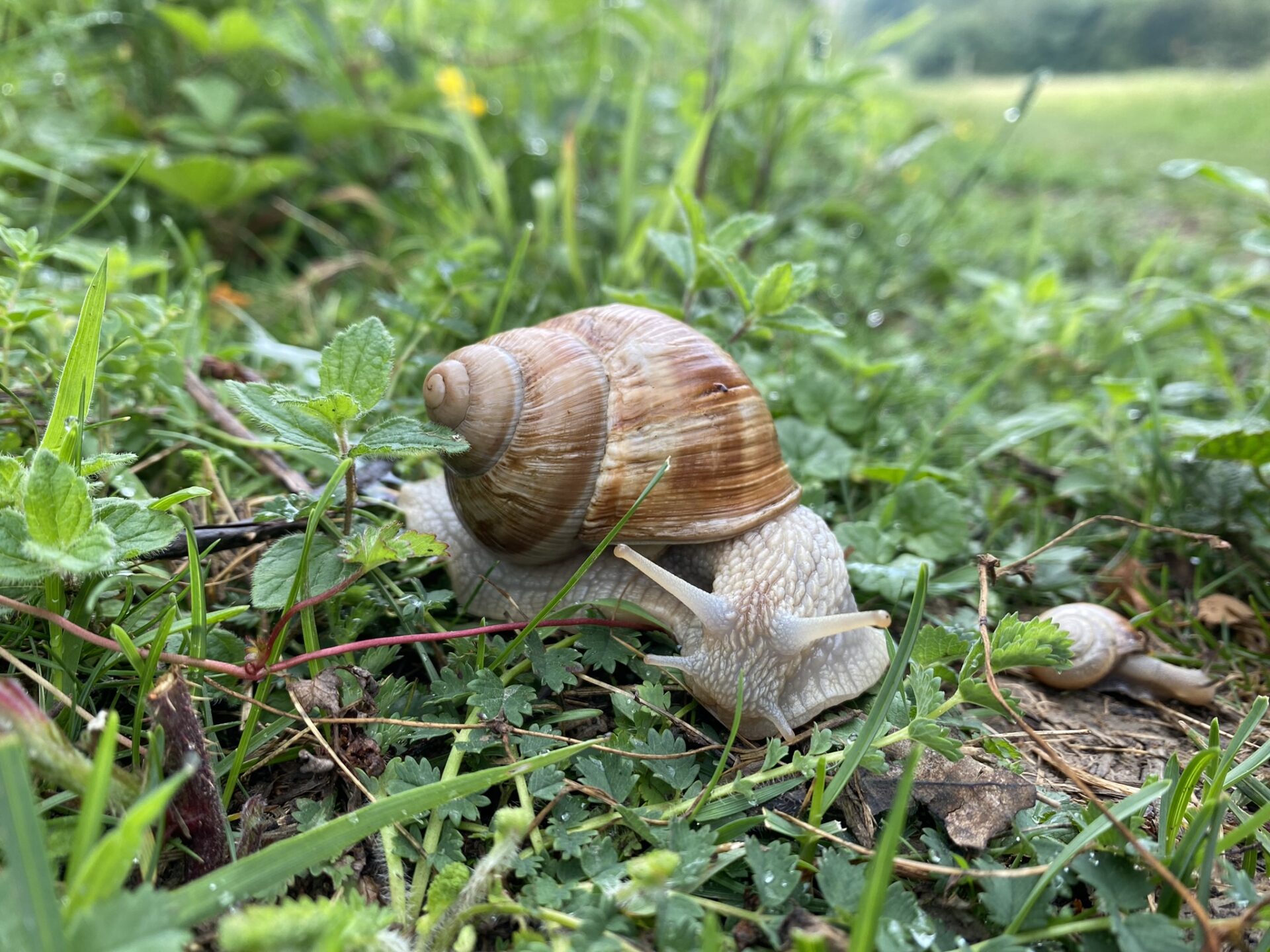
Roman Snail (Helix pomatia)
Found on Banstead Downs and Park Downs
Roman snails are the largest terrestrial land snail in north-west Europe. In the UK they have a limited distribution and are mainly found in southern England with particular hotspots associated with the Chilterns, North Downs and Cotswolds.
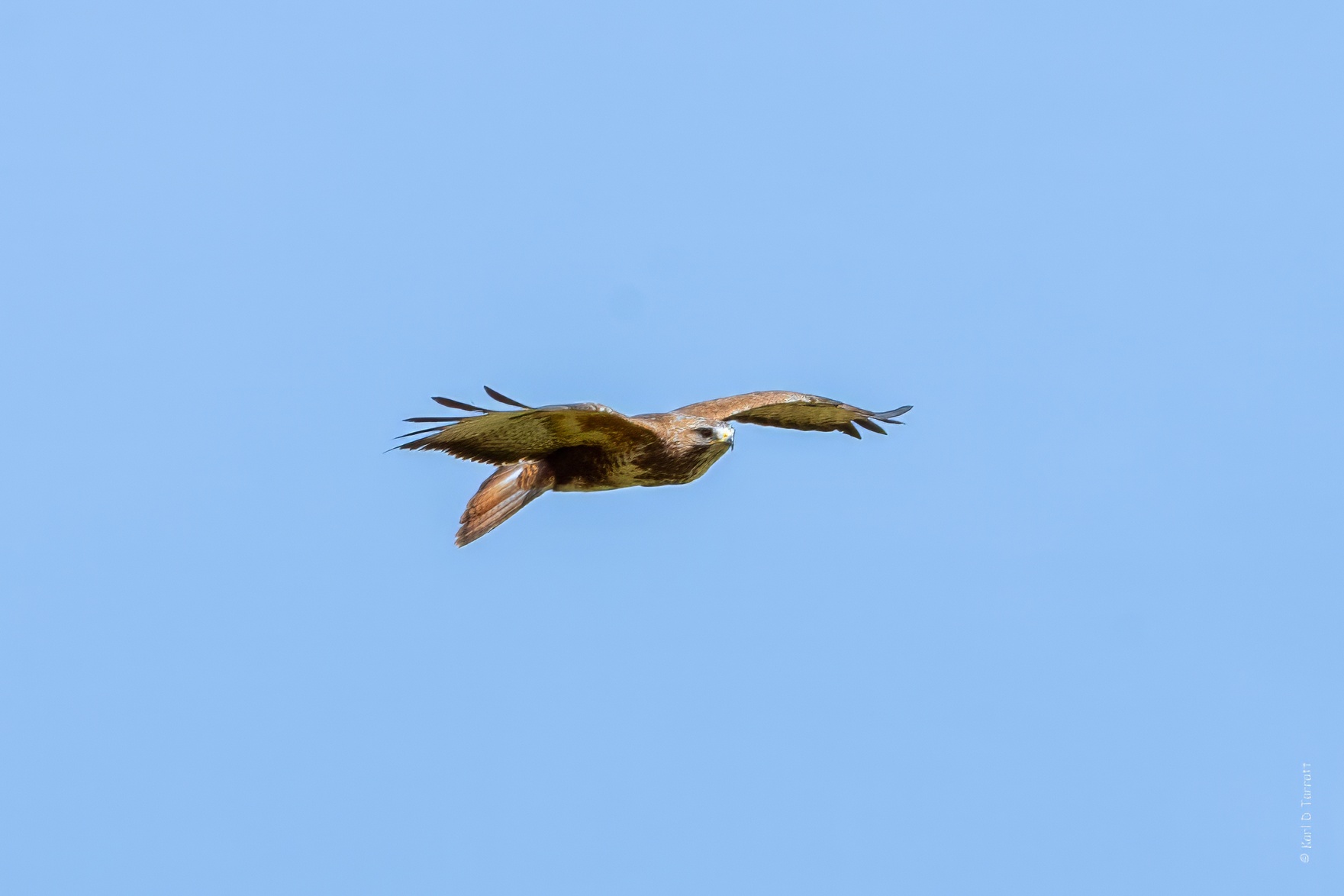
Common Buzzard (Buteo buteo)
Found On Banstead Commons
Buzzards can be found across Banstead Commons.
The Common Buzzard is now the most widespread UK bird of prey. You can often admire them as they glide on the thermals above the grassland areas of our sites.

Glow Worms (Lampyris noctiluca)
Found on Banstead Downs and Park Downs
Female Glow-worms use their bioluminescence to attract males. June and July are the best months to spot Glow-worms on Banstead Commons.
Fun fact. Glow-worms do all their eating as larvae – adult Glow-worms don’t even have mouth parts – they only live a few weeks to breed, lay eggs and then they die!
Roe Deer (Capreolus capreolus)
Found on Banstead Commons
The attractive roe deer is native to the UK and widespread across woodland, farmland, grassland and heathland habitats. Look for its distinctive pale rump and short antlers.
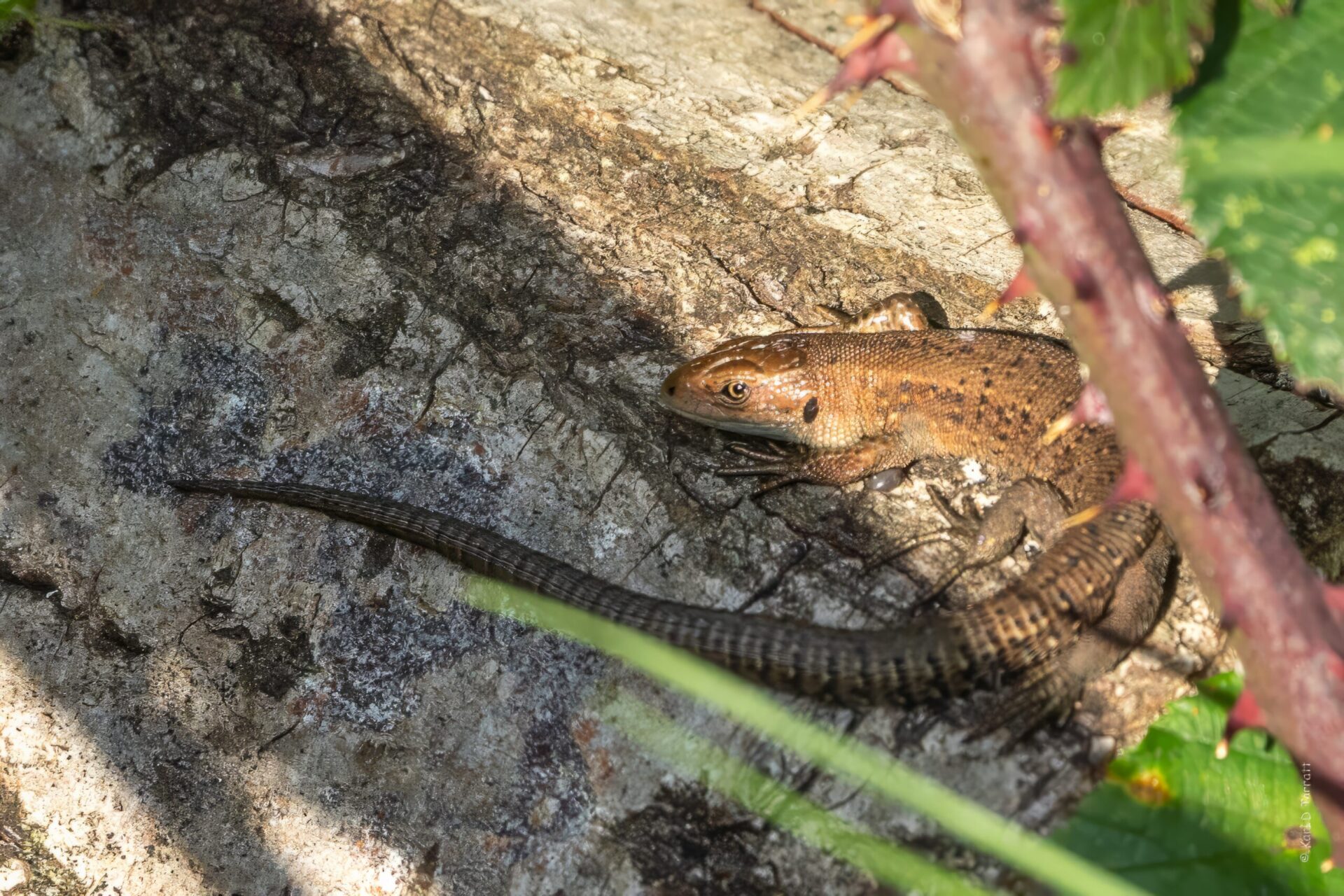
Common Lizard (Viviparous lizard)
Found on Banstead Commons
If you catch a fleeting glimpse of something moving quickly through the Heather, it could be a Common Lizard. The Common Lizard can be found on Banstead Heath and Banstead Downs.
On Banstead Heath, you can find four out of our six native species of reptiles: common lizard, slow worm, grass snake and adder.
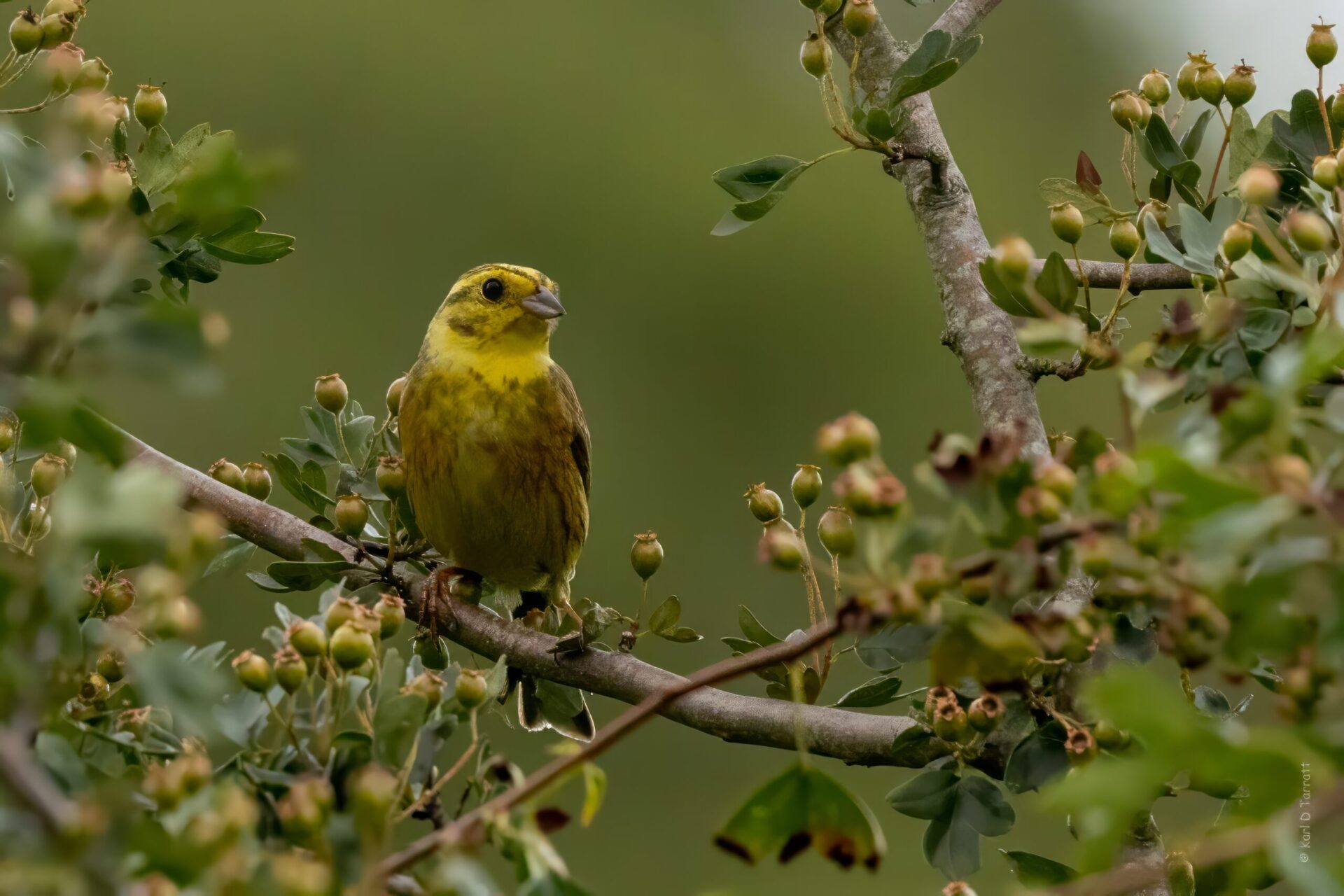
Yellowhammer (Emberiza citrinella)
Found on Banstead Heath
Yellowhammers can be found across Banstead Heath. We are fortunate to have these delightful buntings breeding on site. During the nesting season, you can often hear the male bird belting out his tuneful song – ‘little bit of bread and no cheese’ – perched on top of the Hawthorn scrub on a sunny day.
Sadly, like most of our songbirds, their numbers are declining at an alarming rate. We hope that our ecologically rich grasslands can help to maintain a sustainable population.
Plant Life To Spot On The Commons
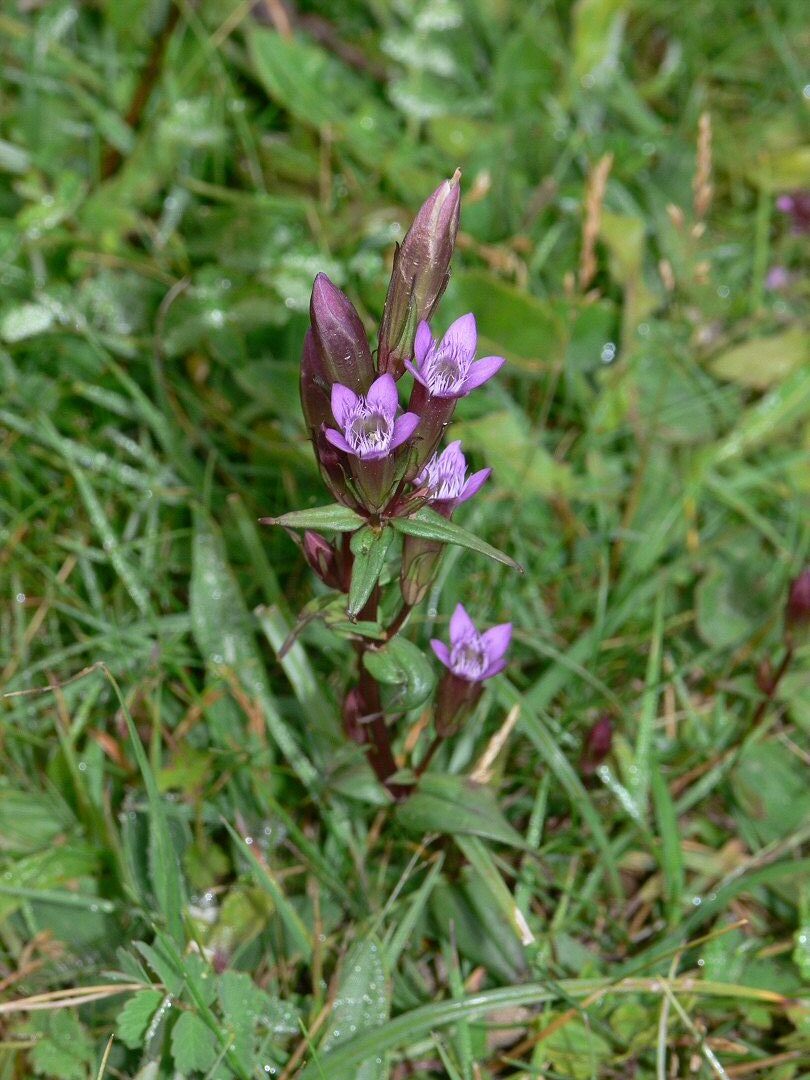
Autumn Gentian (Gentianella amarella)
Found on Banstead Downs and Park Downs
Autumn gentian (Gentianella amarella) is relatively common on Park Downs, less so on Banstead Downs. It is a plant typical of chalk and limestone habitat growing to between 10-20cm high, usually in short turf often rabbit-grazed or on paths.

Early Gentian (Gentianella anglica)
Found on Banstead Downs
Early Gentian (Gentianella anglica) is similar in appearance to the Autumn Gentian (Gentianella amarella) with the only obvious difference being that the former flowers in May whereas G.amarella flowers as the name suggests in August/September.
G.anglica is nationally threatened and is monitored on Banstead Downs under the Plantlfe “Back-from-the Brink” project.
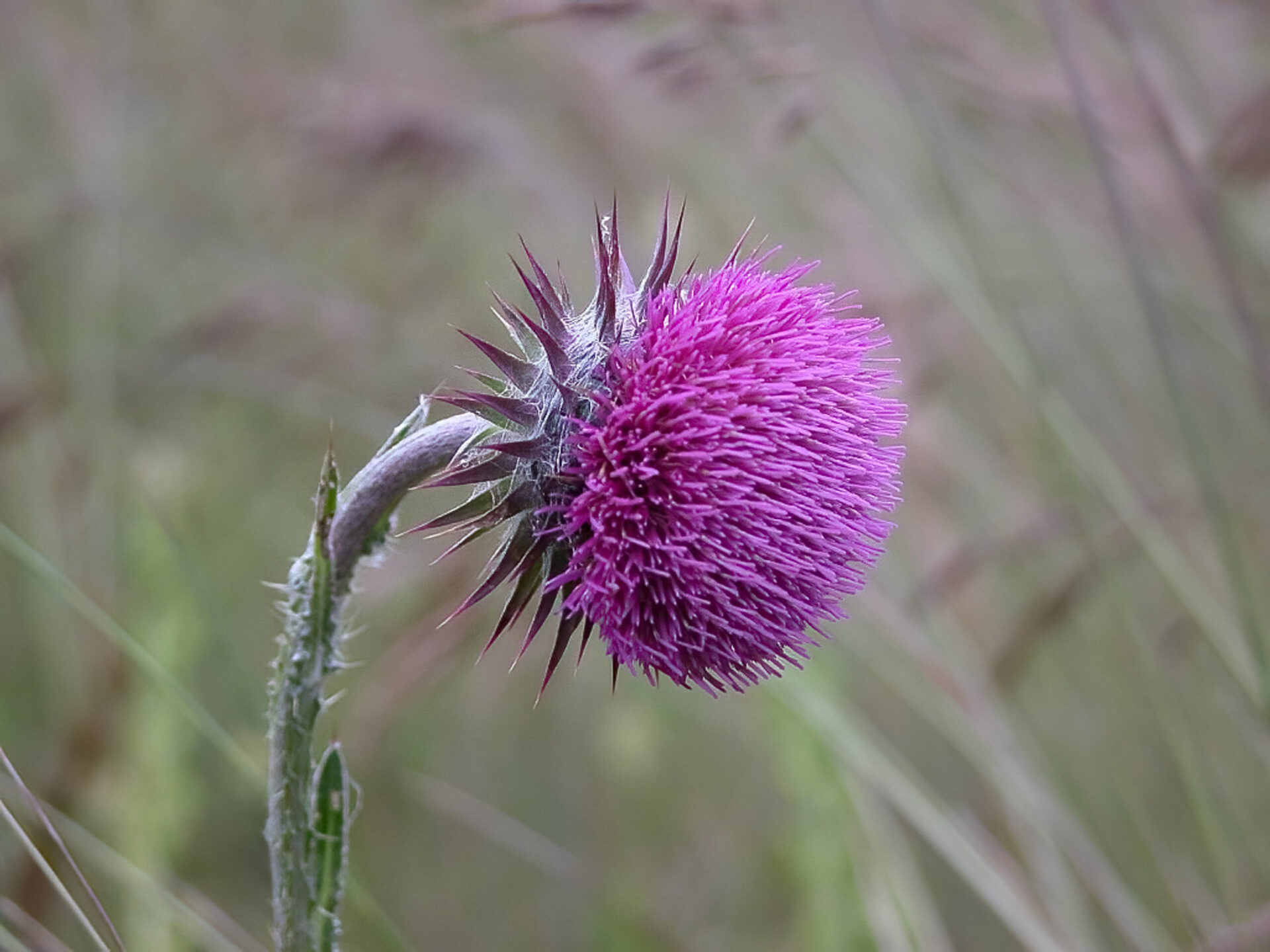
Musk Thistle (Carduus nutans)
Found on Banstead Downs and Park Downs
Musk Thistle (Carduus nutans) is a common thistle of chalk soils but has a marked preference for recently disturbed soil. It usually grows to 1-1.5meters and, as the flowering stem increases, the inflorescence tends to bend over, giving it one of its other common names: Nodding Thistle.
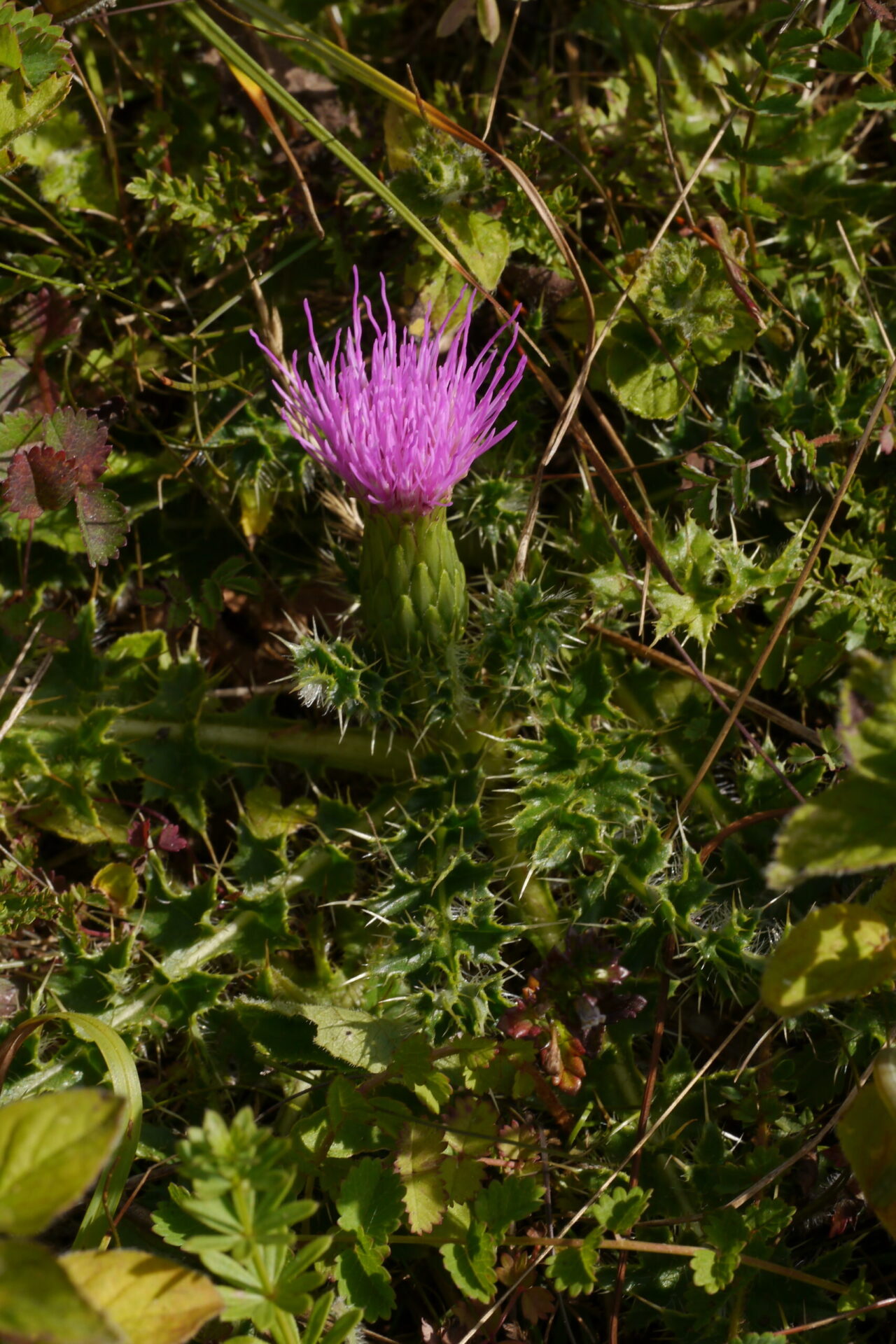
Stemless Thistle (Cirsium acaule)
Found on Banstead Downs and Park Downs
A number of other Thistles grow on the Commons with the biggest contrast with C.nutans being Stemless Thistle (Cirsium acaule). As the name suggests the single flowers sit on a stemless rosette of prickly leaves, a good reason to take care when having a picnic on Banstead or Park Downs.
Common Spotted Orchid (Dactylorhiza fuchsii)
Found on Park Downs, Banstead Downs and Banstead Heath
Discover
Common Spotted Orchid (Dactylorhiza fuchsii)
Found on Park Downs, Banstead Downs and Banstead Heath
Growing usually on alkaline soils, Common Spotted Orchid (Dactylorhiza fuchsii) is, as its name implies, one of the most common orchids in the UK. Surprisingly it is not a common plant on Park Downs or Banstead Downs although odd plants can always be found. As well as the Downs it can be found at scattered sites across Banstead Heath, almost certainly as the result of the impervious clay cap over the underlying chalk being broken.
Although variable in both stature and flowers, the three-lobed lower lip of the flower is diagnostic. Markings on the lip vary from none (pure white) through various lines and spots to almost solid purple.

Barberry (Berberis vulgaris)
Found on Park Downs
A plant with an interesting history both generally and on Park Downs. It is an archaeophyte believed to have been introduced to this country in medieval times for its medicinal uses. A rather scruffy sub-shrub it is never common in the U.K. and there is only a single plant on Park Downs. As can be seen from the picture it has unusual flowers that are followed by red berries. So far, seed collected from the berries has failed to germinate.

Pale Yellow Flag (Iris pseuadacorus v bastardii)
Found on Burgh Heath
Yellow Flag, with its gorgeous golden-yellow flowers is a favourite plant of our ponds and rivers throughout the UK. However, on Burgh Heath grows a rare variant of common Yellow Flag with an unfortunate name: Iris pseudacorus v.bastardii Pale Yellow Flag. As the name suggests it has a much paler, lemon-yellow flower. This variant has been described from a few other ponds around London since the 18th century and in a handful of places in the rest of Britain. It is not clear whether it is a native variant or a garden escape. On Burgh Heath it forms a small but constant percentage (~5%) of the total Yellow Flag population.

Broadleaved cudweed (Filago pyramidata)
Found on Banstead Downs
This Cudweed is another red-listed species, part of the Plantlife Back-from-the-Brink programme that grow on the Commons. Few people would realise it is a diminutive member of the daisy family that cannot compete with other stronger species and is thus confined to low nutrient disturbed or bare soil. On Banstead Downs it grows on the areas where the chalk has been exposed and little else grows. It varies in size from less than 1cm to perhaps 5cm but thankfully appears to be able to maintain its population here. Seed from our plants has been collected to reintroduce it successfully at other sites where it has been lost.

